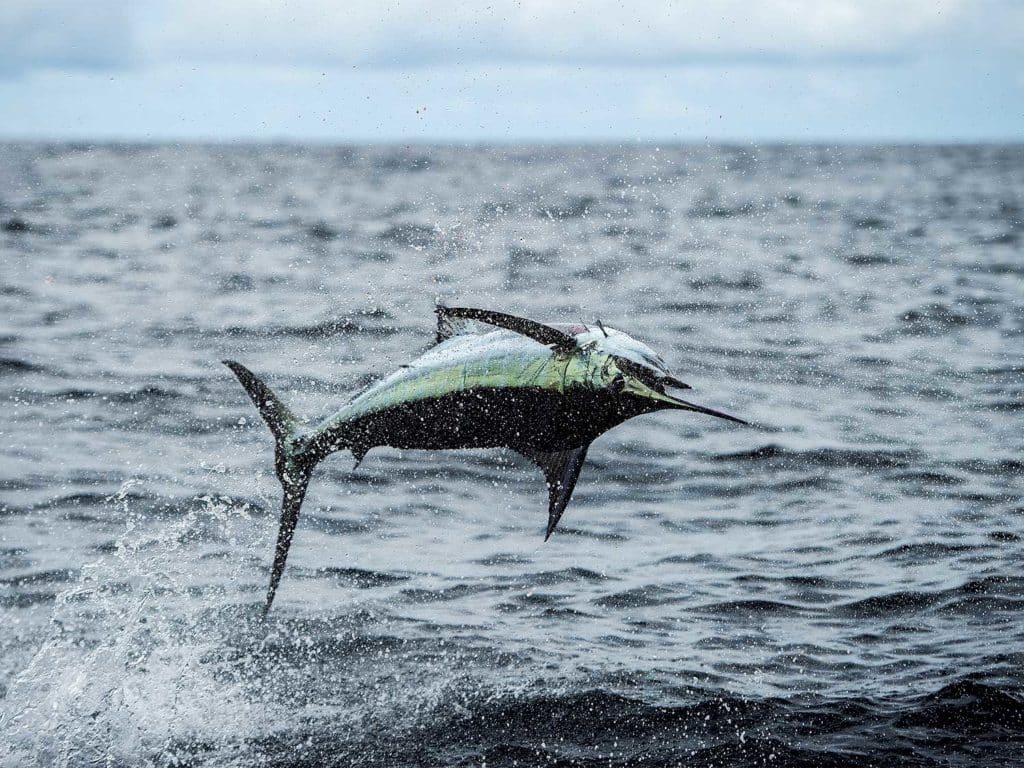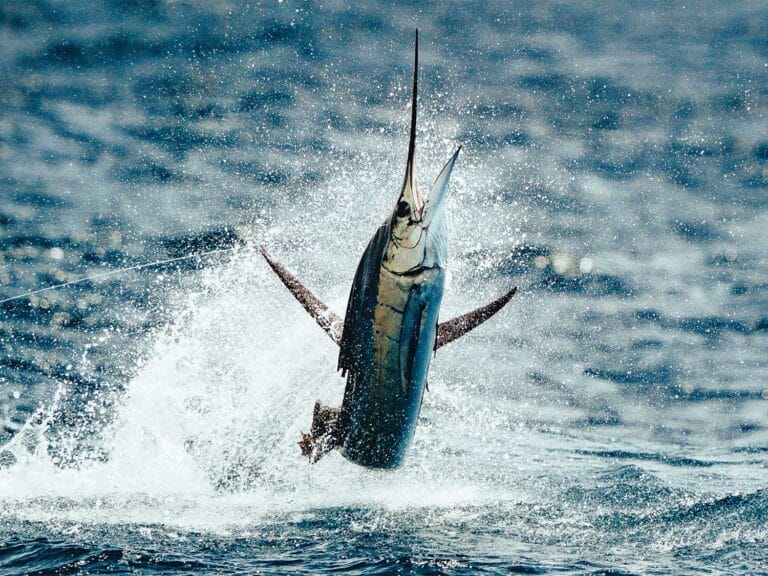
Every angler wants to know what they’ve got on the end of their line. For some, it’s because they’re looking for something to bring home for the table and knowing what species you have not only helps keep your significant other happy by serving blackfin tuna rather than bonito, but it also keeps you out of trouble with the law.
Regarding the true billfishes—the scientific family Istiophoridae—luckily, we’re only dealing with nine species: blue marlin, black marlin, striped marlin, white marlin, sailfish, longbill spearfish, shortbill spearfish, Mediterranean spearfish, and roundscale spearfish. Not too bad, right? Especially when you compare this family of fishes to something such as the snapper family (Lutjanidae), which has 113 species.
Nevertheless, although the billfish family is quite small compared to other bony fishes, from time to time they still have their own identification issues that inevitably affect both recreational and commercial fisheries.
In the Atlantic, spearfish cause most of the trouble. Identification issues with sailfish and longbill spearfish resulted in their catch data for stock assessment purposes being lumped together until 2009. The real problem, however, is roundscale spearfish. First described in 1841, and only known from four specimens taken from the northeastern Atlantic and Mediterranean, this species was a real enigma with no specimens positively identified since 1961.
As such, many in the scientific community doubted the species’ validity. Things cleared up a bit in 2006 when modern genetic research reconfirmed that roundscale spearfish was indeed a valid species. However, this new research also presented a new wrinkle for anglers and fisheries managers alike. It turns out that roundscale spearfish are not only found in fairly high abundance in the western Atlantic—they also bear an uncanny resemblance to white marlin.
Since 2006, scientists have identified key characteristics that allow one to differentiate white marlin from roundscale spearfish. The roundscale spearfish has a different position of the anal vent relative to the anal fin, has longer branchiostegals—the bony elements beneath the gill plates—and has no spots on the dorsal fin. However, we also learned that the estimated historical abundance of white marlin was likely skewed by the fact that roundscale spearfish were reported as white marlin by recreational anglers and commercial fisheries observers.
One study reported that observer data showed that up to 27 percent of the reported white marlin catch was actually roundscale spearfish. As a result, the historical catch ratios and population growth rates for the two species, along with historical white marlin stock assessments, were considered largely unreliable. Samples taken at the venerable White Marlin Open tournament also found that 31 percent of white marlin landed were roundscale spearfish. As a result, this tournament—and some others—consider roundscale spearfish as white marlin for scoring purposes.
Another study published last year reported that misidentification between blue and black marlin in the Pacific also presents a serious problem for fisheries managers. This research found that from a sample of 83 fish reported by commercial fisheries observers as black marlin, 77 percent were genetically confirmed as blue marlin and another 2 percent were actually found to be striped marlin.
While it’s true that distinguishing between blue and black marlin isn’t nearly as hard as telling the difference between white marlin and roundscale spearfish, things get a lot more difficult when heads and fins are removed at sea before fish are identified by observers. Currently the Pacific blue marlin stock is assessed as neither overfished or experiencing overfishing. However, if misreported catches are widespread in regions where blue and black marlin overlap, it could hamper fisheries managers’ abilities to determine the true health of a particular stock, or the stock as a whole.







